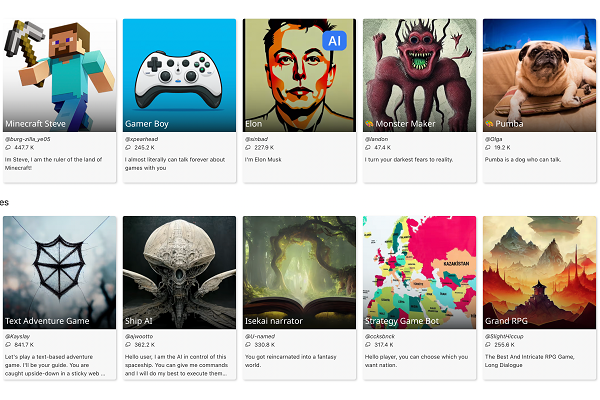Innovations in Character AI
The field of Character AI has seen remarkable advancements, transforming how we interact with digital entities and creating more immersive experiences across various platforms. From gaming to customer service, these innovations have significantly impacted the user experience, making interactions more natural, personalized, and engaging.
Enhanced Natural Language Processing
Real-Time Conversational Capabilities
One of the most significant innovations in Character AI is the enhancement of real-time conversational capabilities. This improvement allows character AIs to understand and respond to user input with unprecedented accuracy and speed. With the integration of advanced natural language processing (NLP) algorithms, these characters can now grasp the nuances of human language, including slang, idioms, and cultural references, providing a more engaging and realistic interaction. For example, a character AI in a customer service application can now accurately interpret a customer's request, provide personalized recommendations, and even handle complex queries without human intervention.
Emotional Intelligence
Another breakthrough is the development of emotional intelligence in character AI. This feature enables AI characters to detect and respond to the emotional state of the user through text or voice input. By analyzing the tone, pitch, and choice of words, AI can identify whether the user is happy, frustrated, or sad and adjust its responses accordingly. This level of empathy in interactions significantly enhances user engagement and satisfaction. In an educational app, for instance, a character AI can offer encouragement and adjust its teaching methods based on the student's frustration level, making learning more adaptive and effective.
Advanced Animation Techniques
Hyper-Realistic Expressions and Movements
Advancements in animation have allowed for the creation of character AIs with hyper-realistic expressions and movements. Through the use of motion capture technology and sophisticated animation software, AI characters now move and react in ways that closely mimic human behavior. This innovation not only improves the visual quality of character AI but also makes interactions feel more lifelike. In video games, this means characters can exhibit a wide range of emotions, from joy to anger, enhancing the storytelling and user immersion.
Improved User Personalization
Adaptive Learning Algorithms
Character AI now incorporates adaptive learning algorithms, enabling personalized interactions based on the user's behavior, preferences, and history. This technology allows AI characters to learn from each interaction, adjusting their responses and actions to better suit the individual user. For example, a fitness app with a character AI can tailor workout recommendations and motivational messages based on the user's progress, preferences, and feedback, significantly improving the user experience.
Integration with Augmented Reality (AR)
Enhanced Real-World Interactions
The integration of character AI with augmented reality (AR) technologies has opened up new possibilities for real-world interactions. AR allows digital characters to be superimposed onto the real world through devices like smartphones or AR glasses, enabling users to interact with them in their physical environment. This technology is particularly impactful in education and entertainment, where character AI can provide interactive learning experiences or act as a guide in real-world exploration games.
These innovations in character AI are reshaping our digital interactions, offering more personalized, realistic, and engaging experiences. As these technologies continue to evolve, we can expect even more creative and impactful applications in the future. To explore more about character AI and its applications, visit crushon ai.
